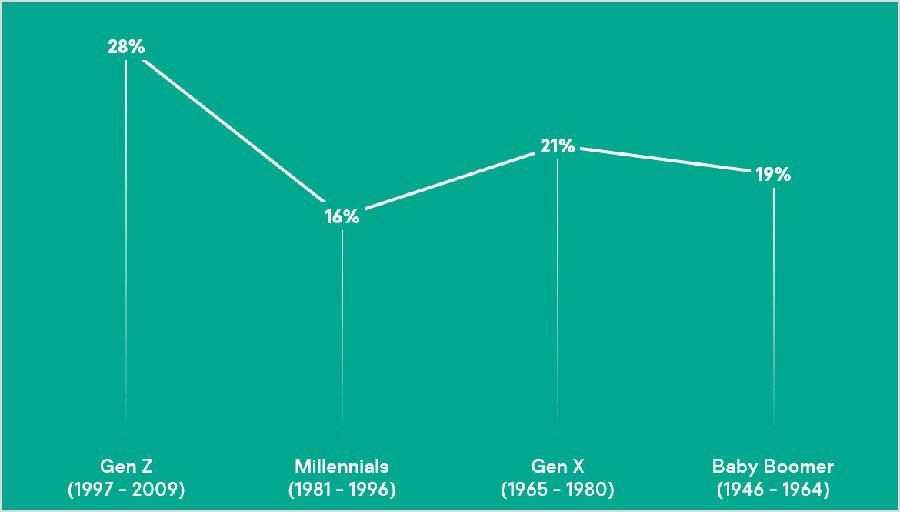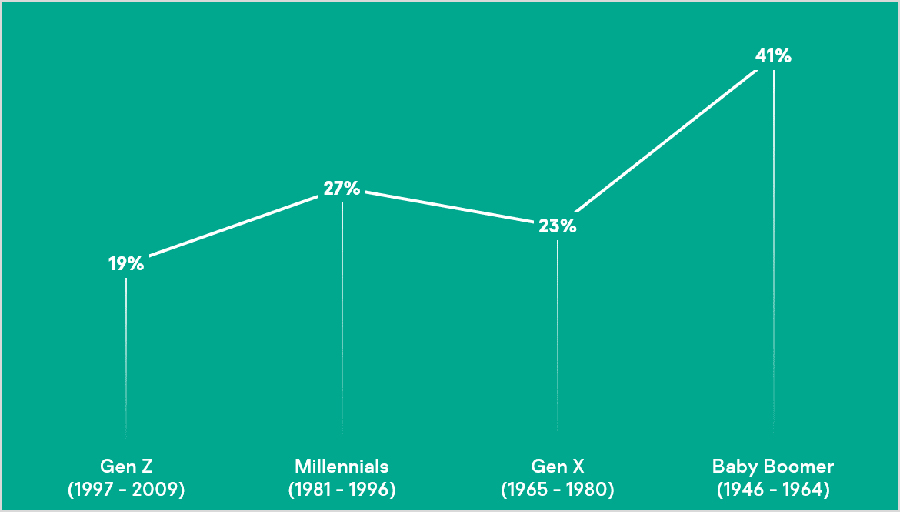News consumption from mainstream media and online sources have received a huge uptick globally, including countries in Southeast Asia (SEA), with the public forced to stay at home last year. It is also notable that online citizens from the region consume most of their news through social media.
This is proven by a recent Kaspersky research which revealed that majority (76%) of users in SEA get their news updates from platforms such as Facebook, Twitter, Instagram and more. The percentage is higher for Gen Z at 83%, followed by Millennials at 81%, Baby Boomers at 70%, and Gen X at 62%. This, however, does not mean absolute trust in information published on these platforms.
As online misinformation remains a concern online, the same survey conducted last November 2020 unmasked that almost 2-in-10 (18%) respondents admitted to sharing news before verifying if they are true. Such is highest among Gen Z (28%), followed by Gen X (21), and Boomers (19%). Millennials logged the lowest in this aspect at 16%.

Table 1: Percent of social media users in Southeast Asia who said they share news/articles on social media before verifying if it’s true
According to Beverly Leow, a psychologist at Mind What Matters, a reason for the low verification rates when it comes to sharing news online could be attributed to the self-presentation theory, where the individual desires to present him/herself in a certain way. Hence, when users are sharing information without giving it any thought, it is quite likely that they are motivated by the prospect of presenting themselves as updated and well-informed netizens.
“Social media presents us many different types of narratives. Sometimes a particular incident or event may have several conflicting narratives or versions, and verifying the truth of the matter or the validity of the information presented may be more time consuming and require more effort than hitting the “share” or “repost button,” Leow explains.
The study, done among 1,240 respondents with 831 from SEA, also found out that only 5-in-10 respondents across all generations said they read the full article before sharing it on their own account.
“Southeast Asia internet users are approximately at 400 million with an additional 40 million people who were first-time internet users in 2020. The region is also known for being among the most active social media users. In fact, our survey showed 36% of users in SEA spend 1-2 hours more on these online platforms post-lockdown, 28% added 2-4 hours, and some 17% with 4-6 hours more being spent on socializing online,” says Yeo Siang Tiong, General Manager for Southeast Asia at Kaspersky.
“From a cybersecurity perspective, false information is a form of social engineering on a bigger scale being used by cybercriminals to effectively and easily victimize people and organizations. 2020 was plagued with phishing emails, scams, and fake domains piggy backing on COVID-19 and now, even vaccines. This is why both individuals and businesses, with the current work-from-home format, should not take misinformation on social media lightly. With this pandemic being far from over, vigilance on information and links that we share is more than necessary,” Yeo added.
Awareness about misinformation online is, however, showing signs of growth in the region with 6-in-10 respondents across all generations saying that they do check the sources of information or news being circulated on social media before clicking “Share”.
Boomers also lead the pack in confronting friends or family members who share fake news, based on their judgments, at 41%. They are followed by Millennials (27%) and Gen X (23%). Gen Z appears to be more polite at 19%.

Table 2: Percent of social media users in Southeast Asia who would confront friends/family members who share fake news/articles
Blocking is another way of users in SEA to protect themselves from misinformation. More than a quarter of the respondents admitted blocking contacts who share articles they deem as inaccurate. The percentage of silencing online friends is highest with Gen Z at 46%, followed by Boomers, Millennials, and Gen X with 33%, 32%, and 30%, respectively.
To help users protect themselves against cunning social engineering attacks on social media, Kaspersky experts suggest the following tips:
- Check the source. Take a moment to think about where the communication is coming from; don’t trust it blindly. Check the links. Check the spelling. If in doubt, look for official news websites or company websites.
- Break the loop. Social engineering often depends on a sense of urgency. Attackers hope their targets will not think too hard about what’s going on. So just taking a moment to think can deter these attacks or show them for what they are — fakes. Research and read thoroughly before sharing information on social media.
- Don’t go too fast. Be particularly wary when you feel a sense of urgency coming into a conversation. This is a standard way for malicious actors to stop their targets thinking the issue through. If you’re feeling pressured, slow the whole thing down. Most of the time, social engineers won’t push their luck if they realize they’ve lost the advantage of surprise.
- Think about your digital footprint. Over-sharing personal information online, such as through social media, can help attackers. We recommend you turn your social media settings to ‘friends only’ and be careful what you share. You don’t need to be paranoid, just be careful.
- Secure your devices. For individuals, a combined solution of security products and practical steps can minimize the threats and keep your data safe online. For businesses, given the work-from-home environment, it is suggested to train your employees regularly about cybersecurity and protect your network with high-end but budget-friendly endpoint protection such as Kaspersky Endpoint Detection and Response Optimum.
Liked this post? Follow SwirlingOverCoffee on Facebook, YouTube, and Instagram.


